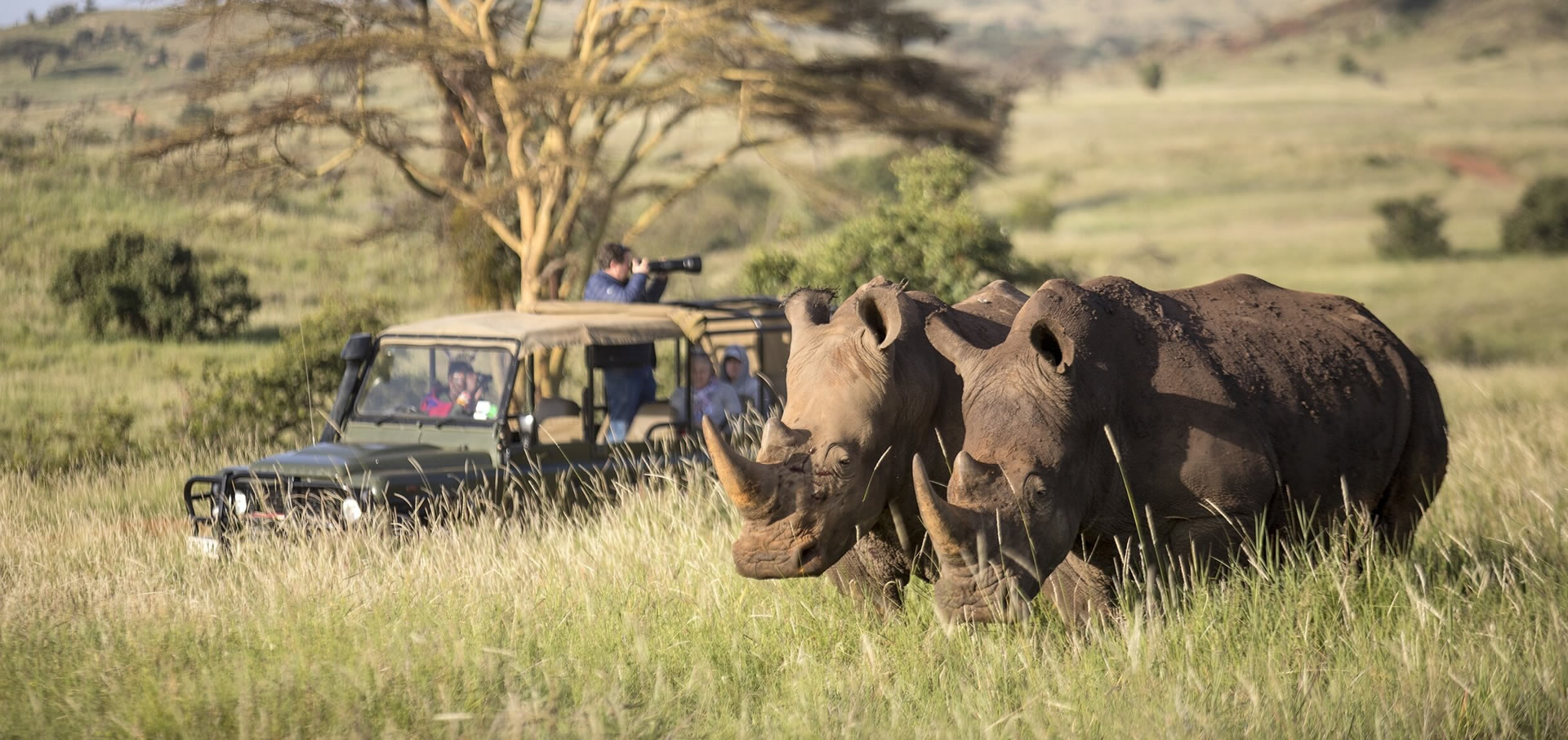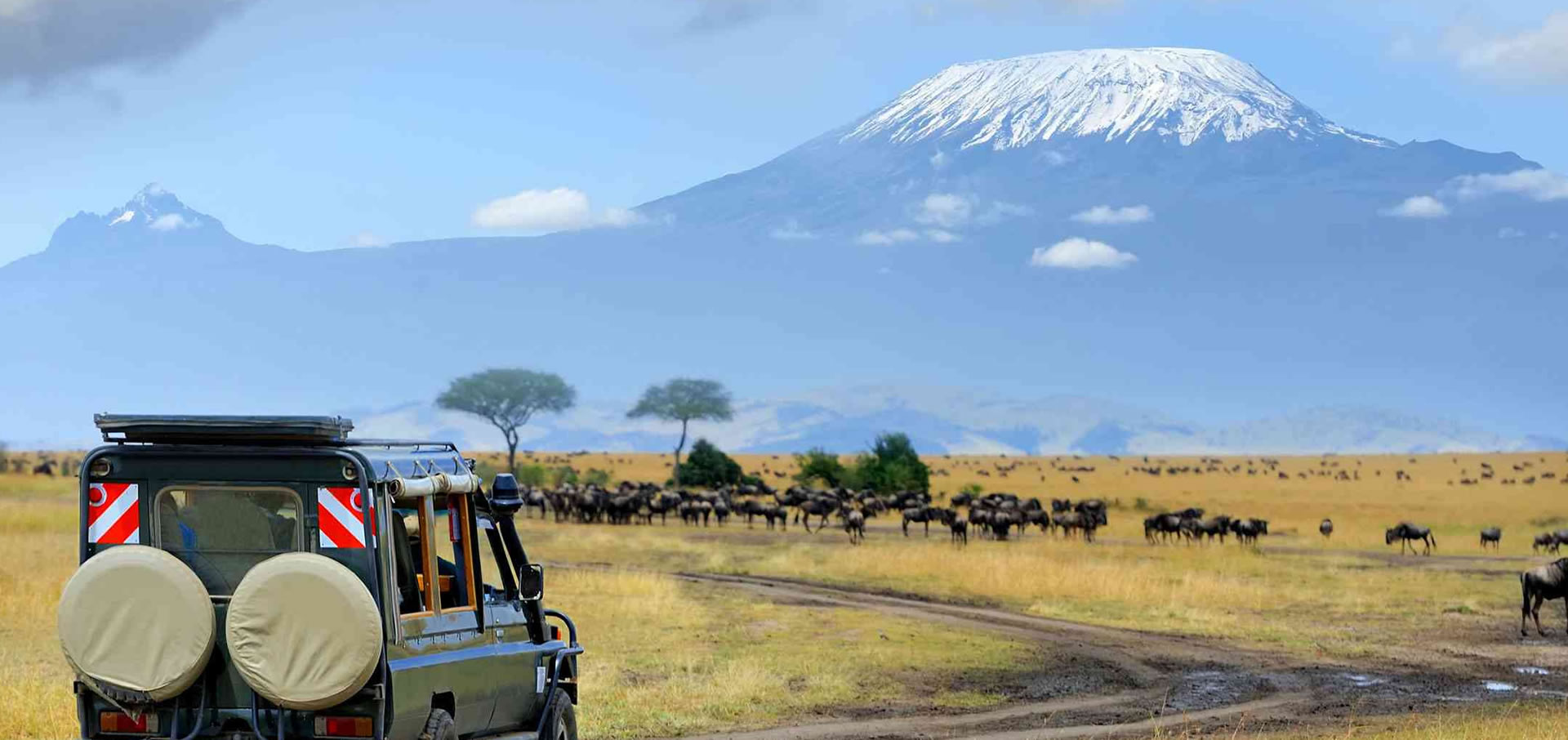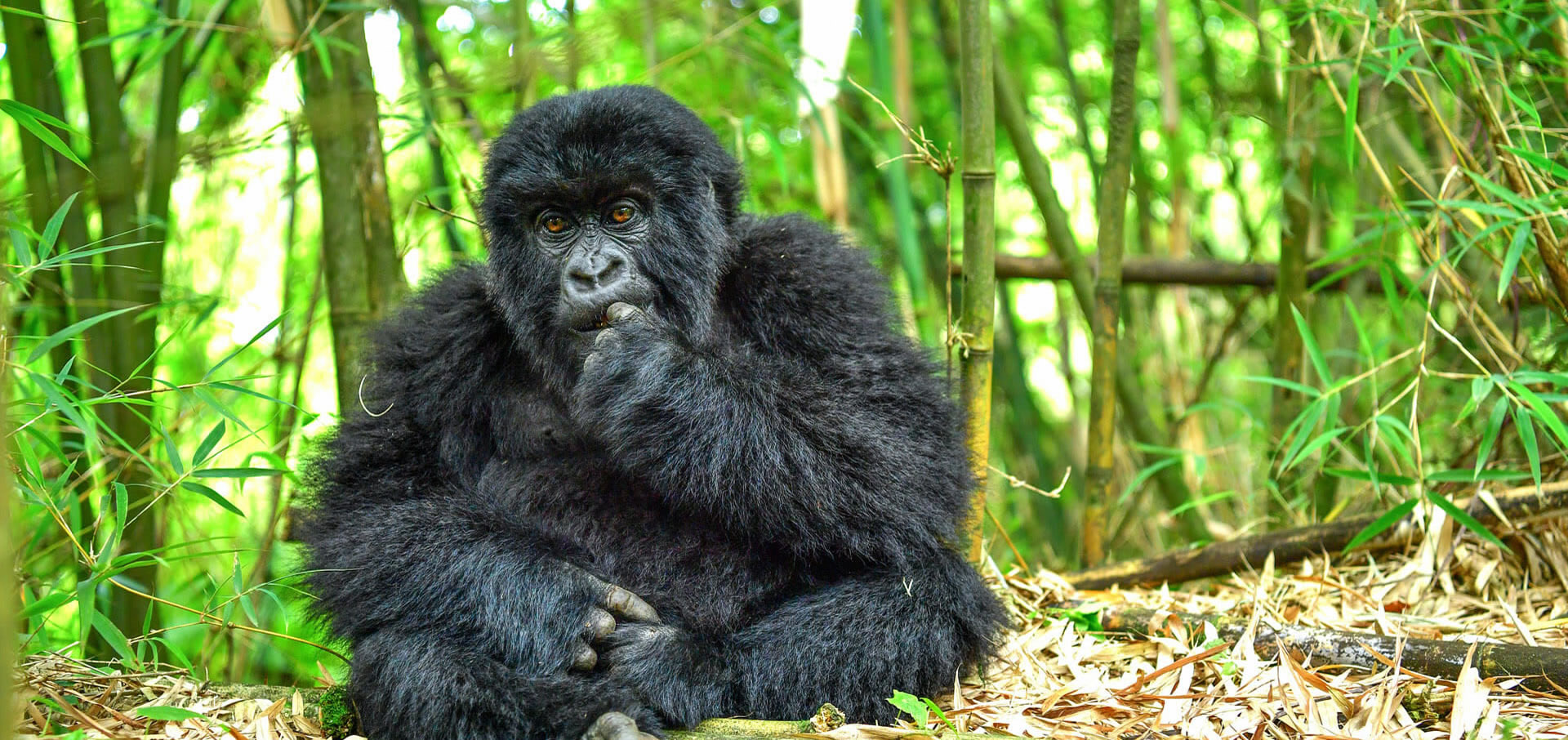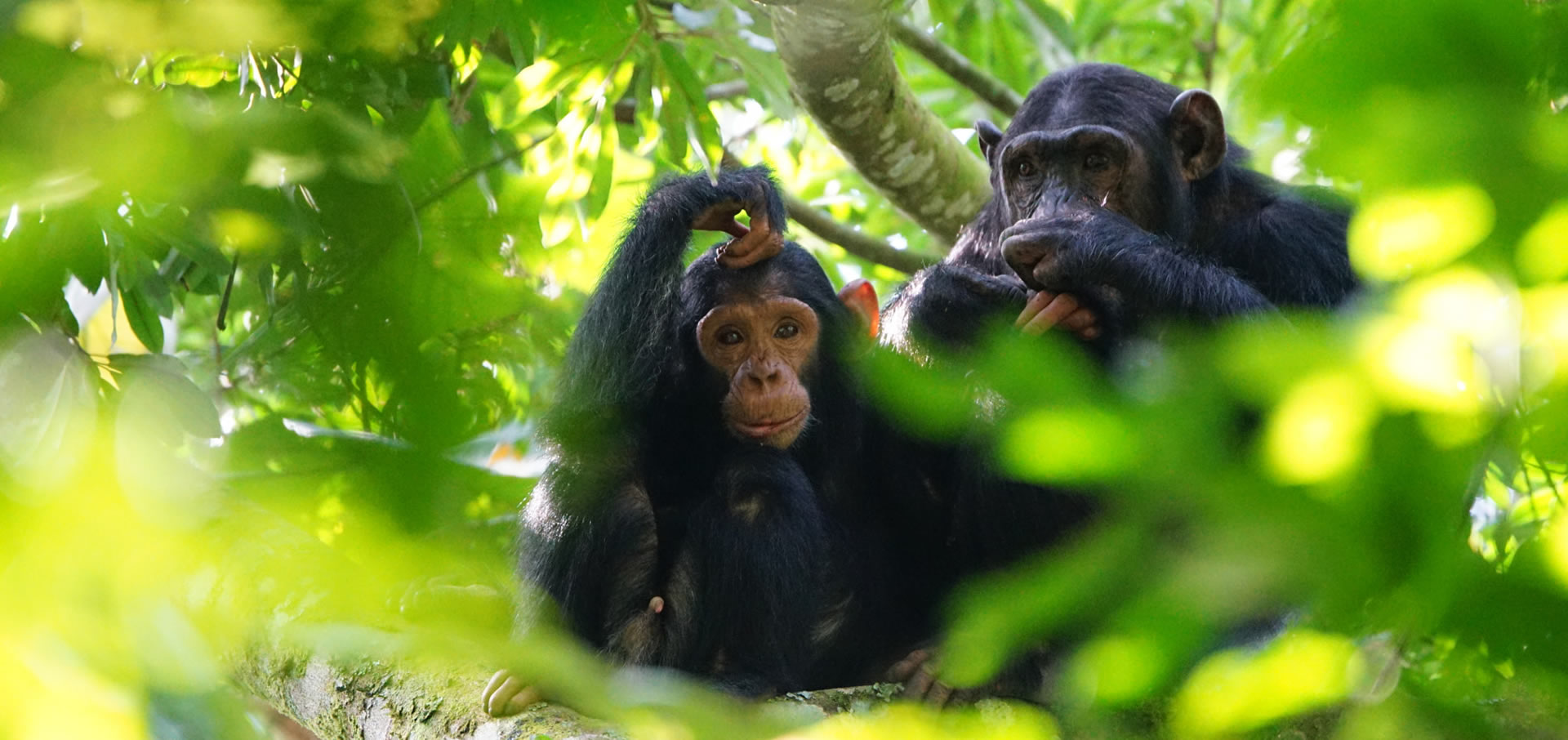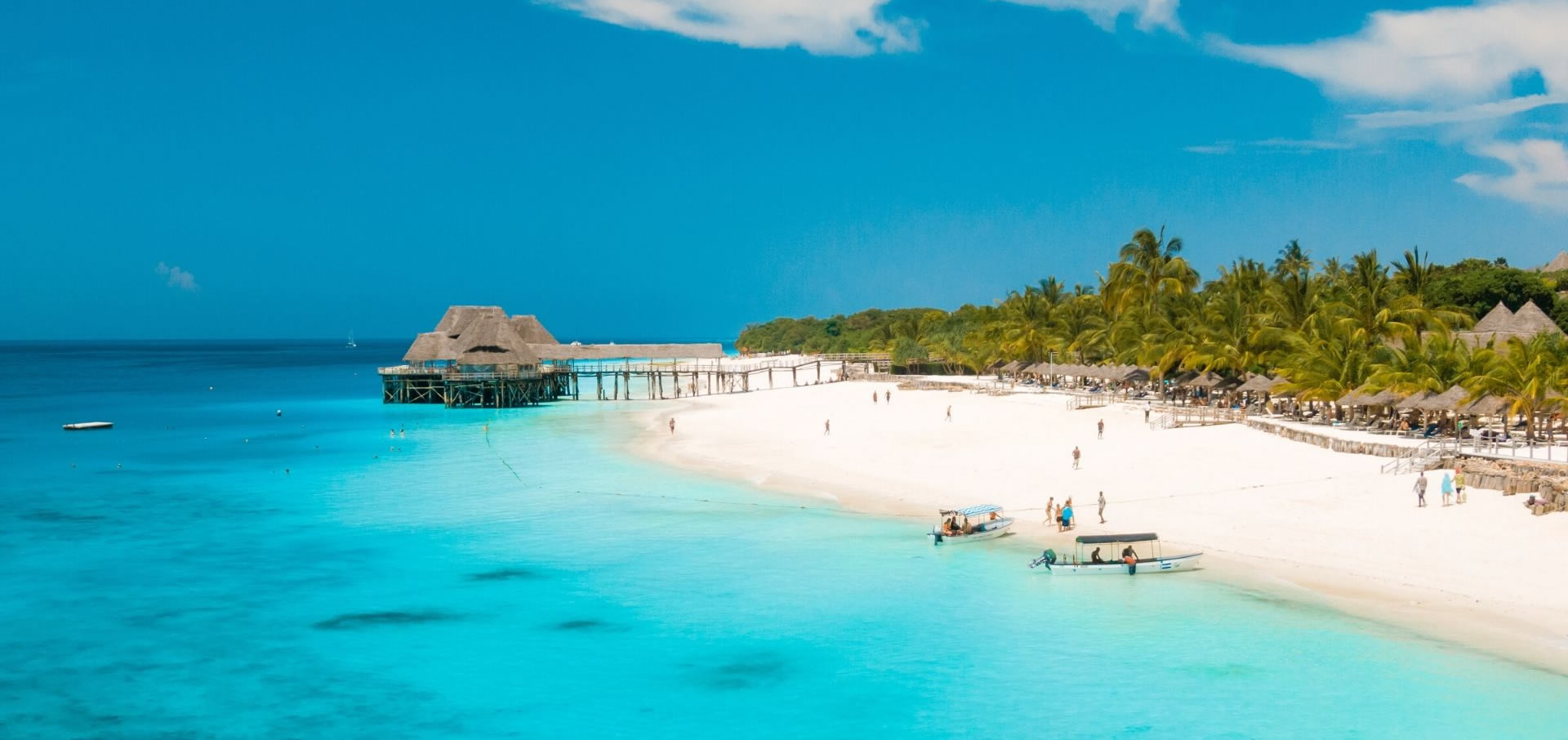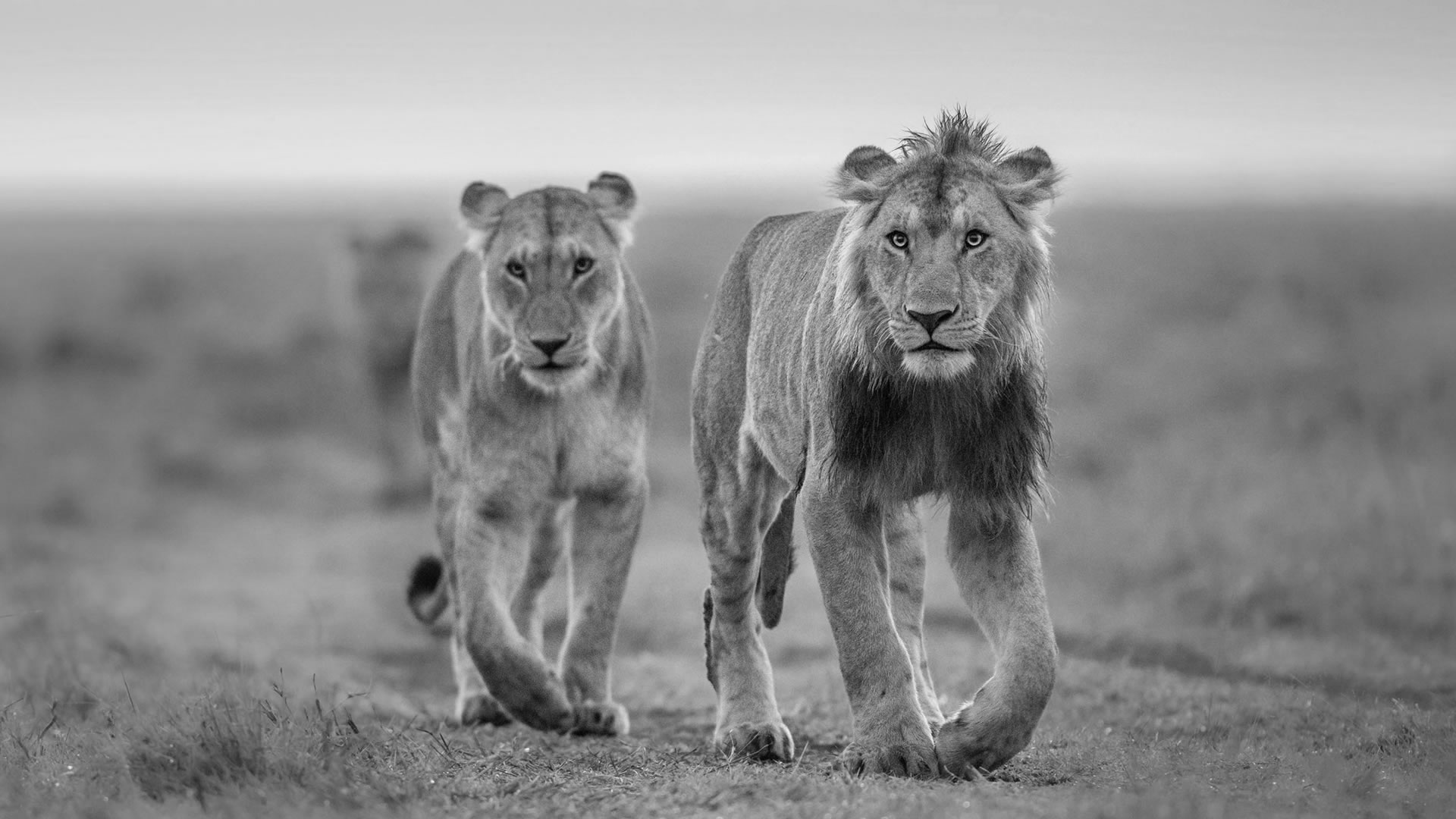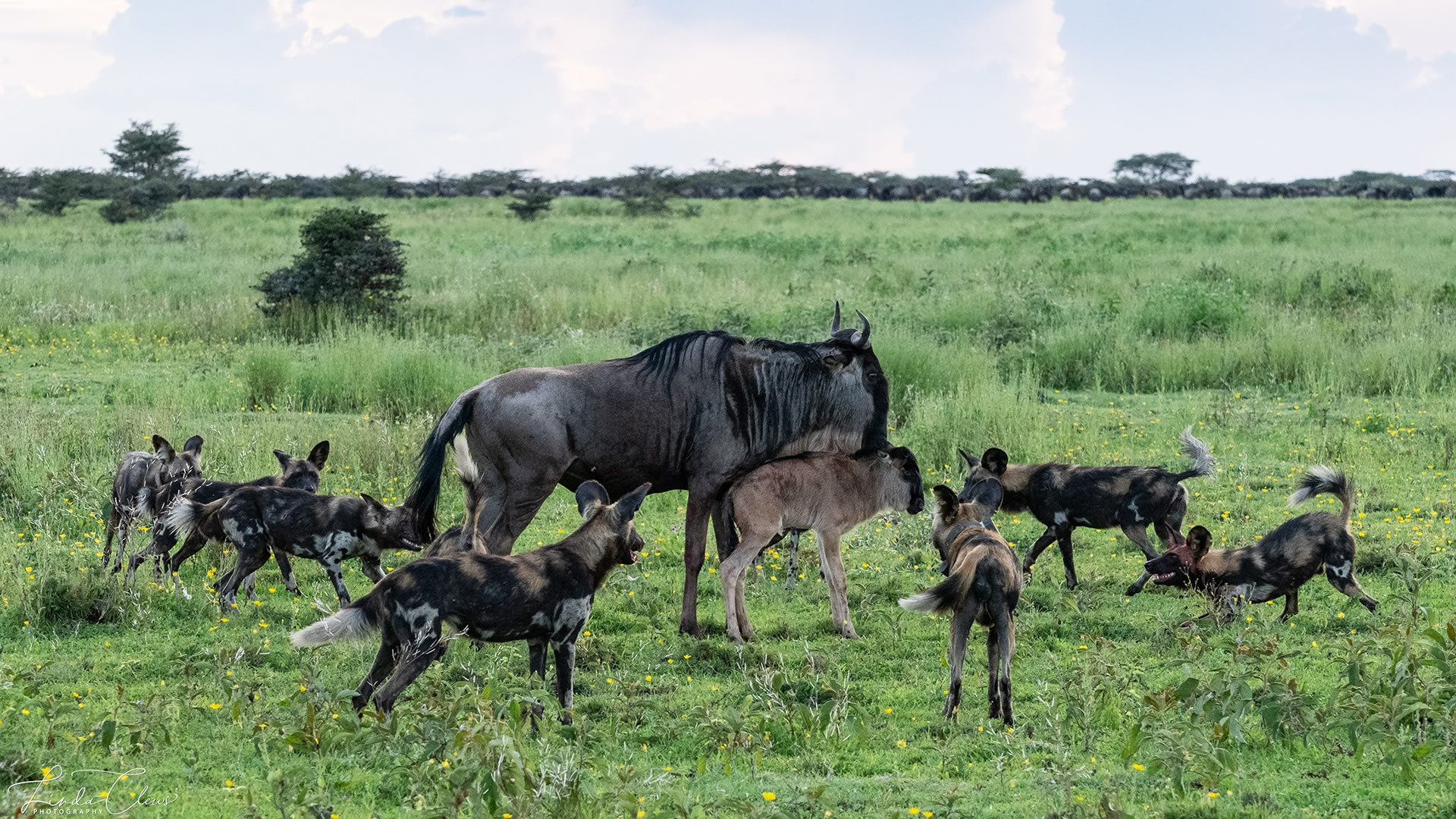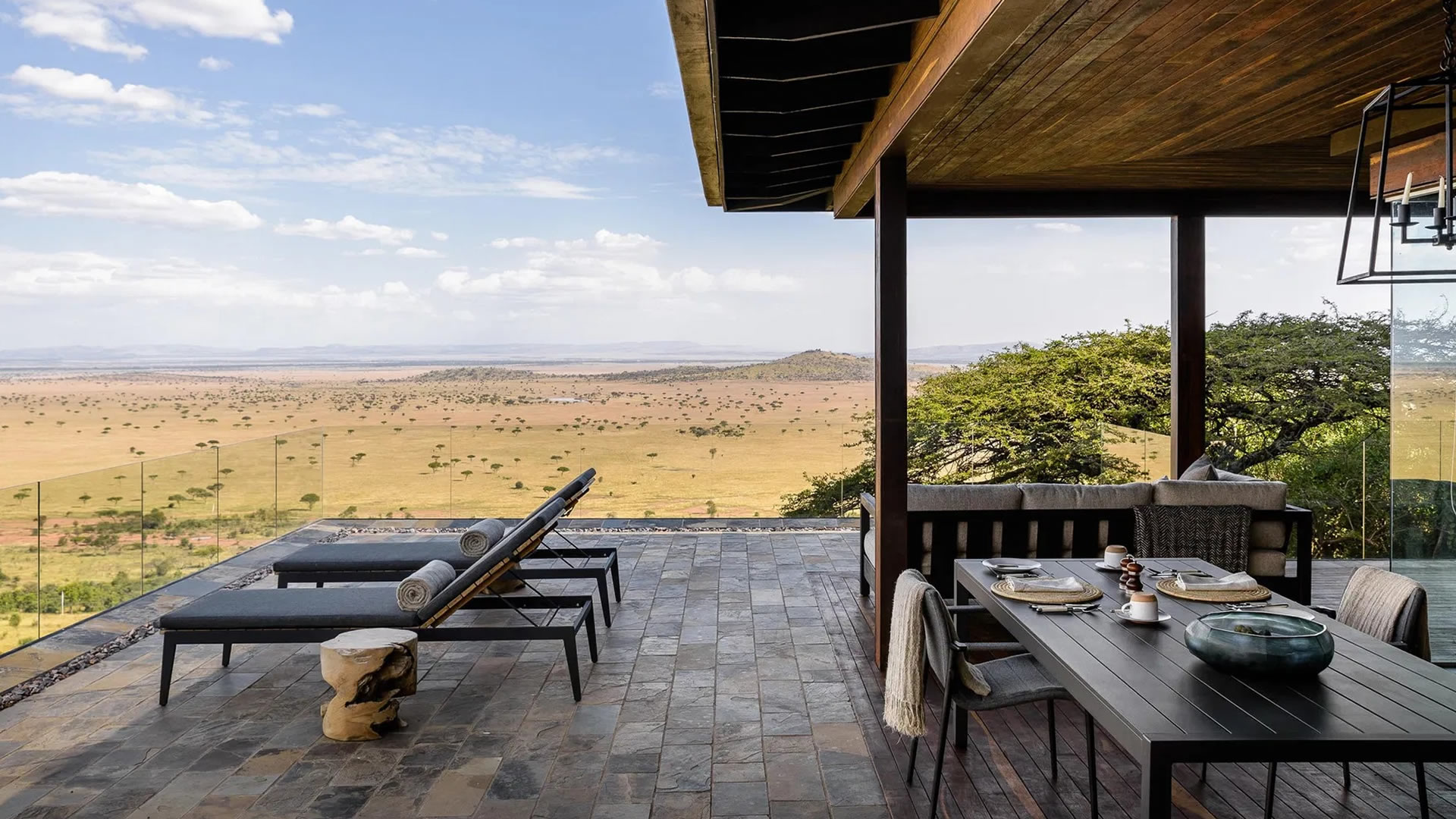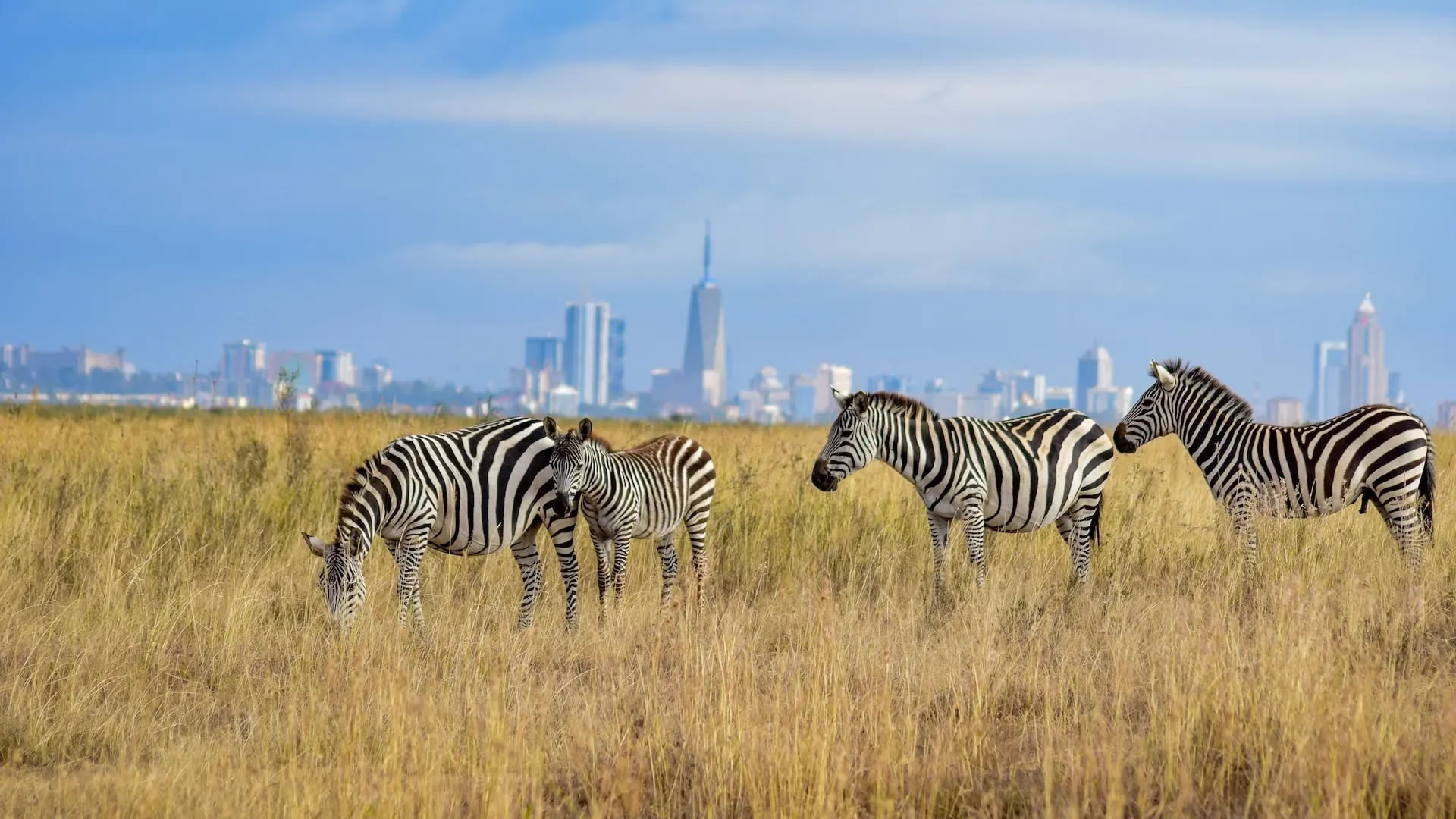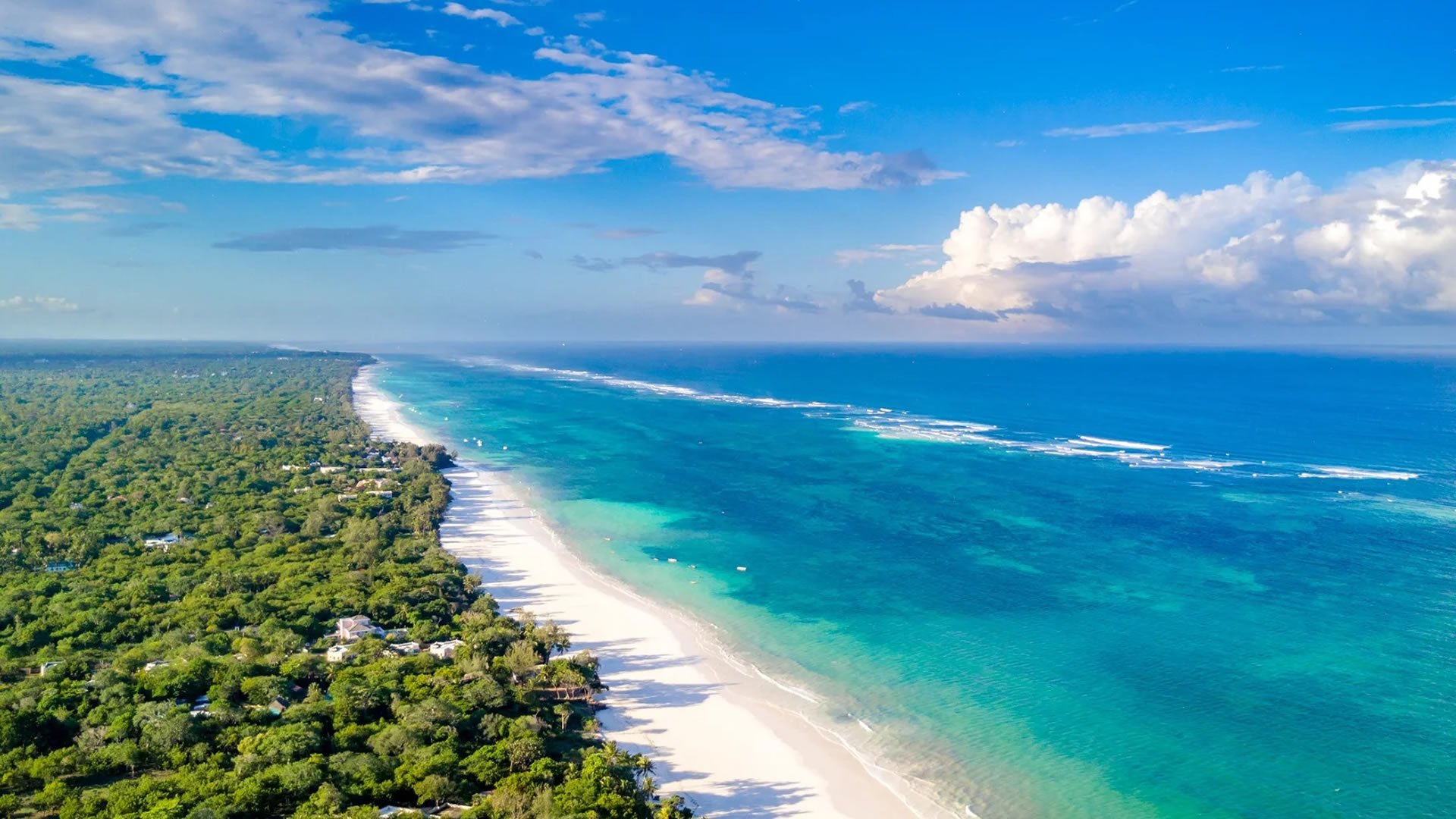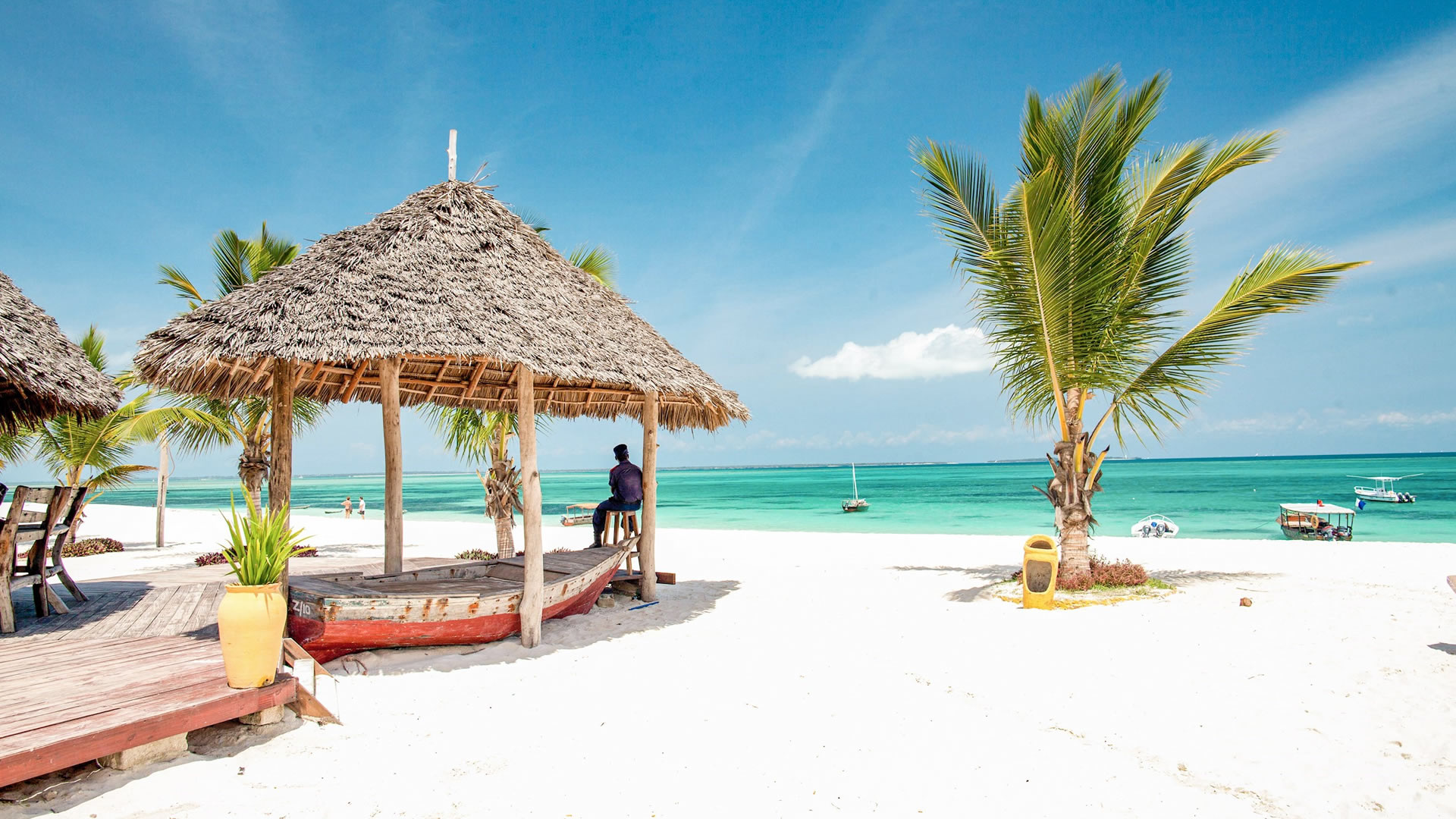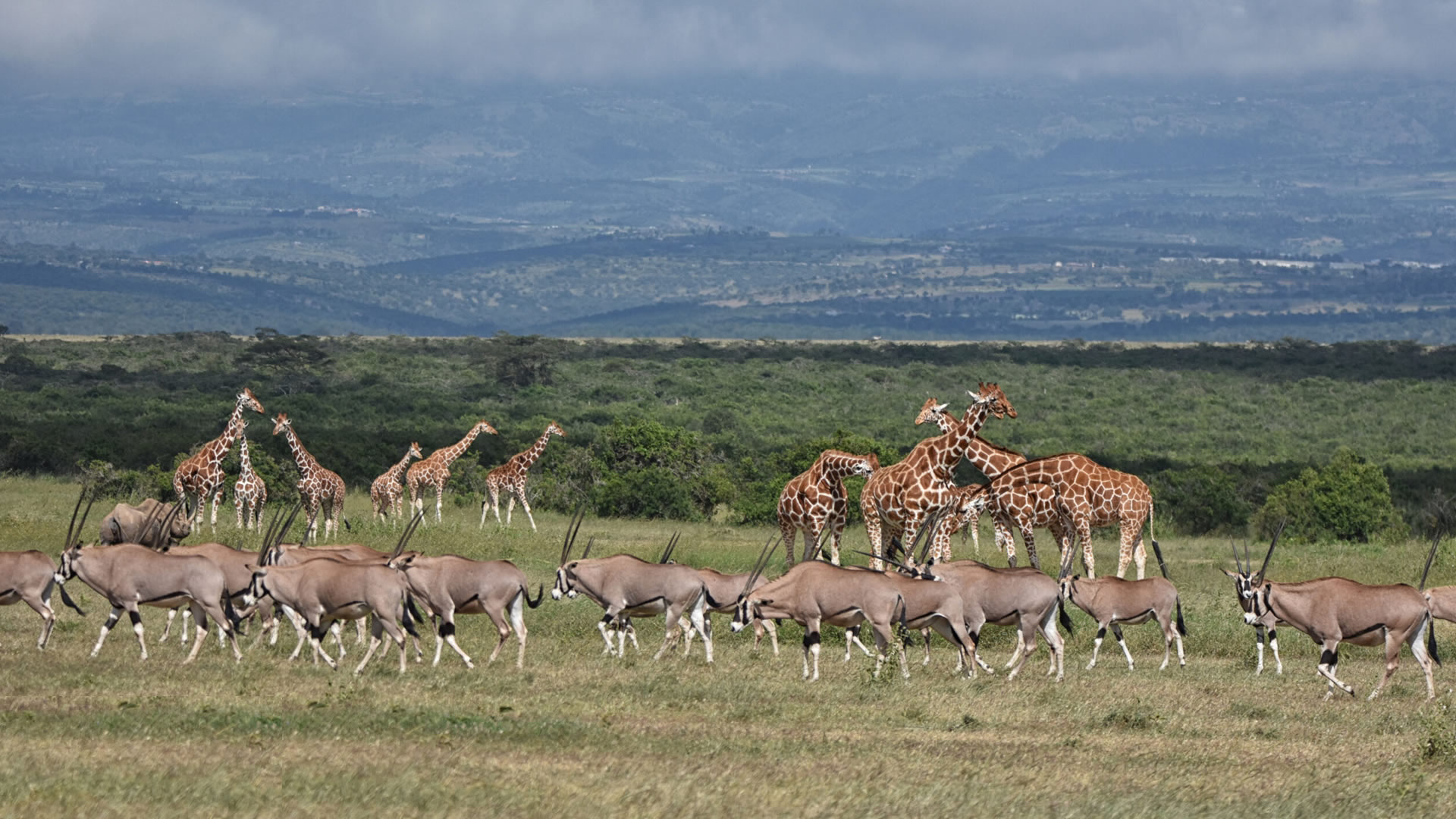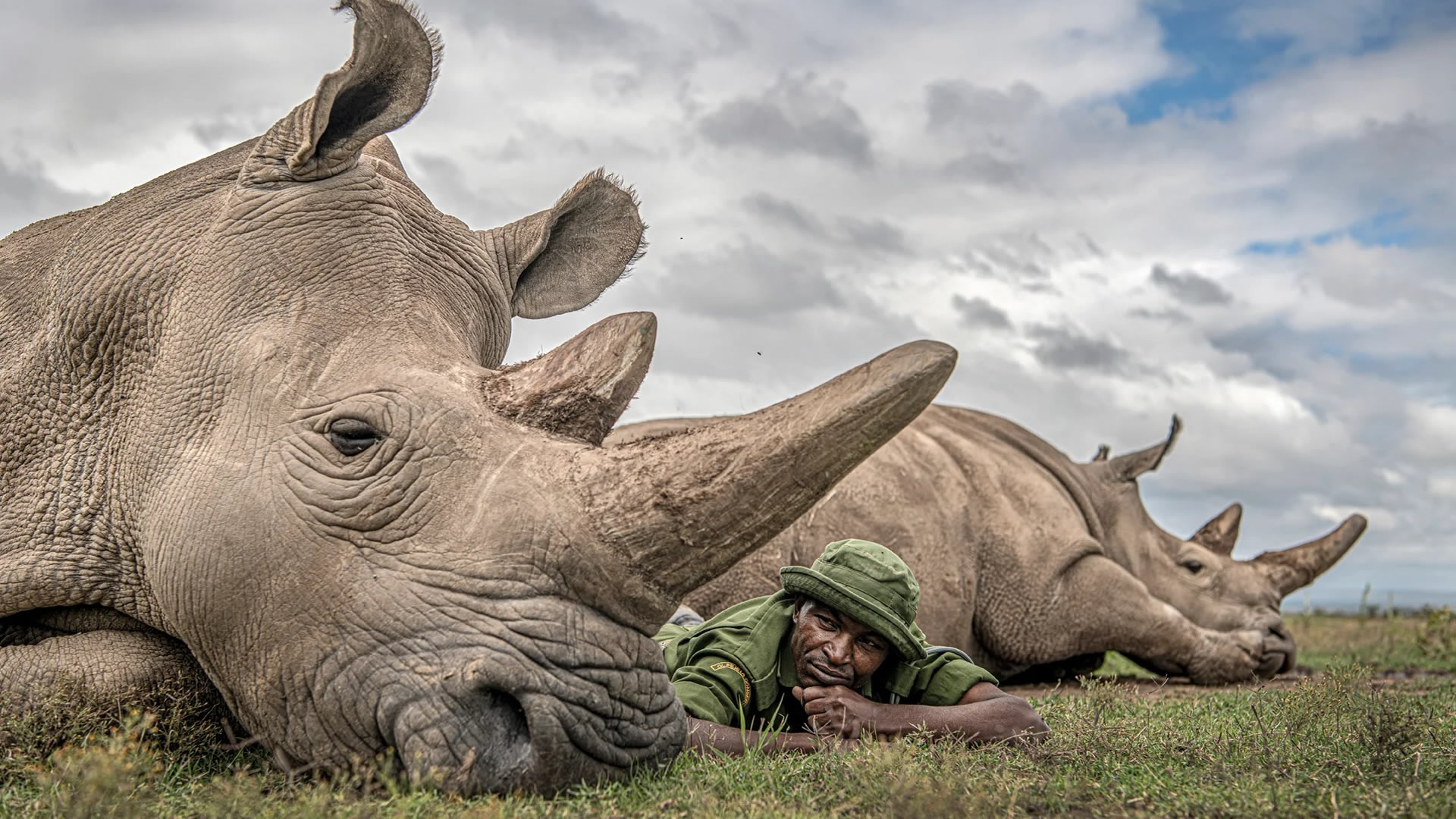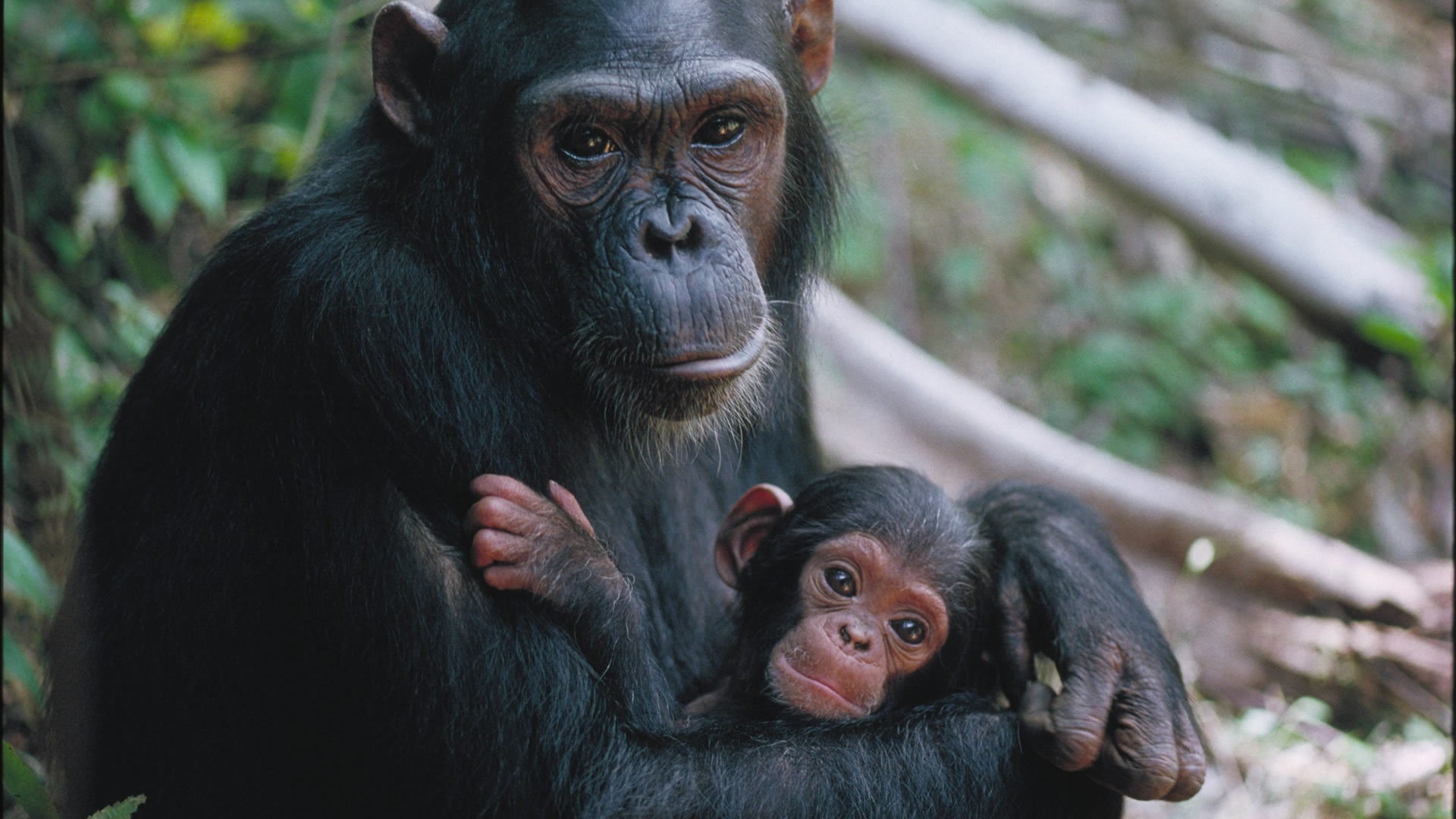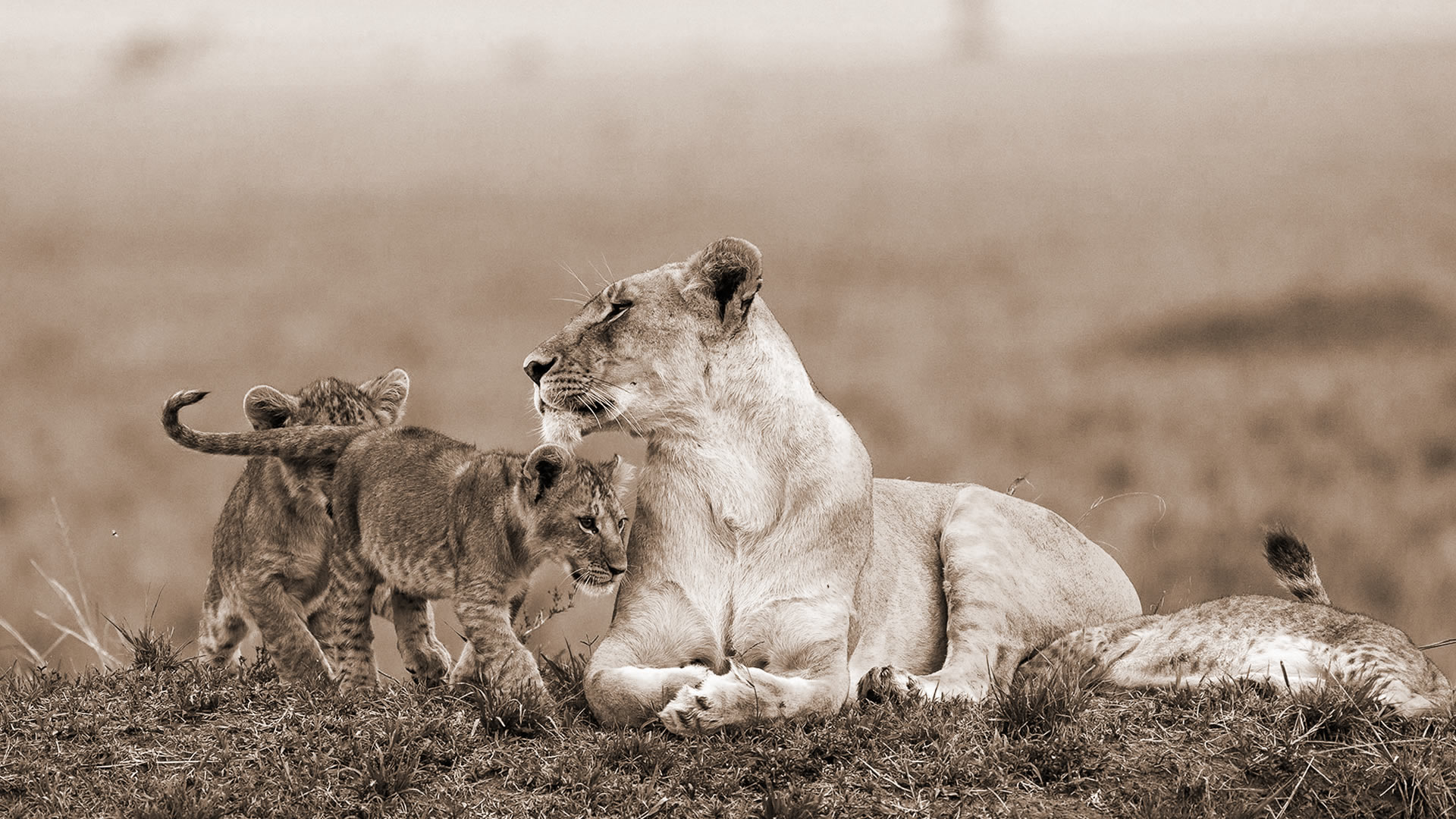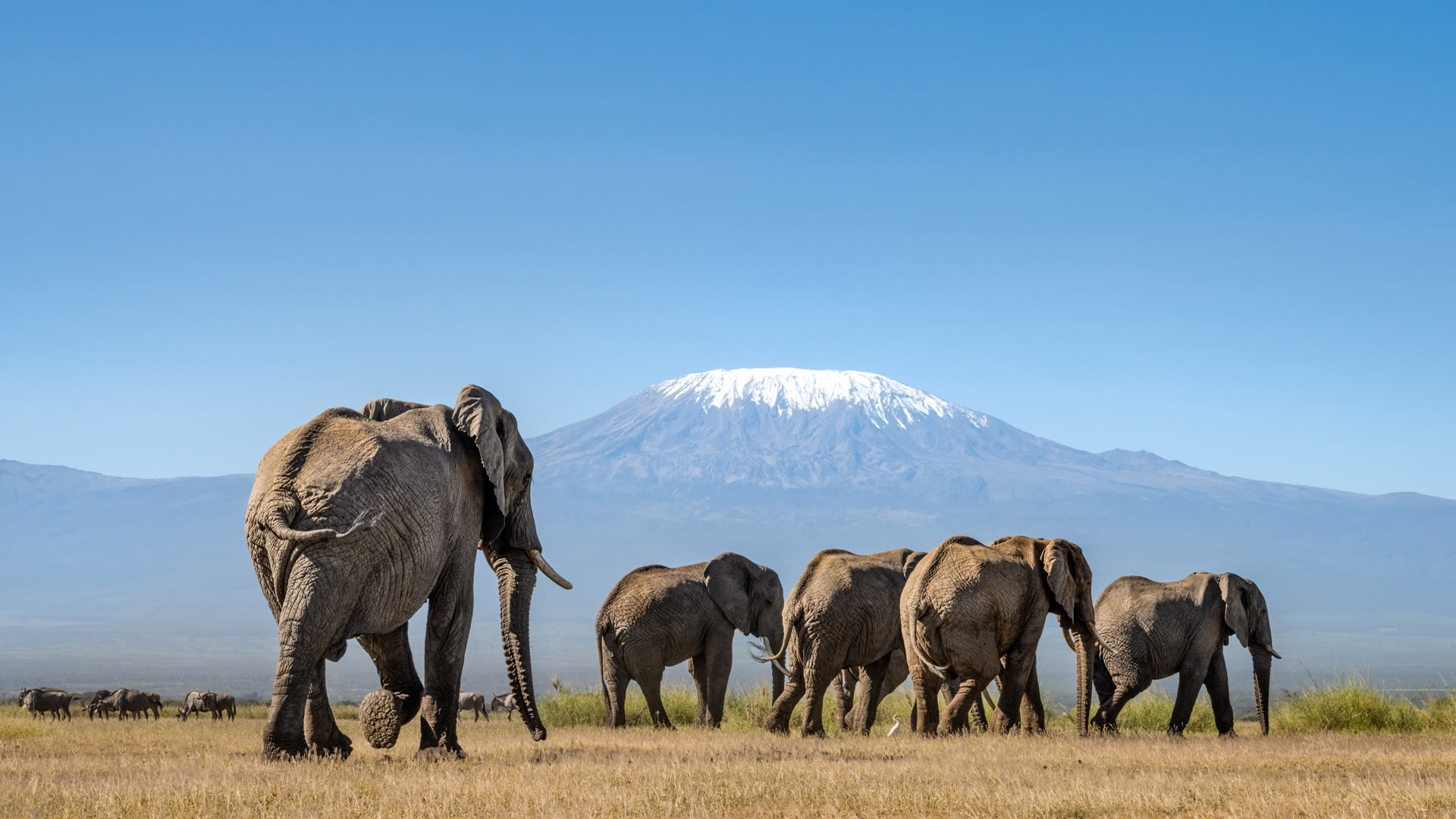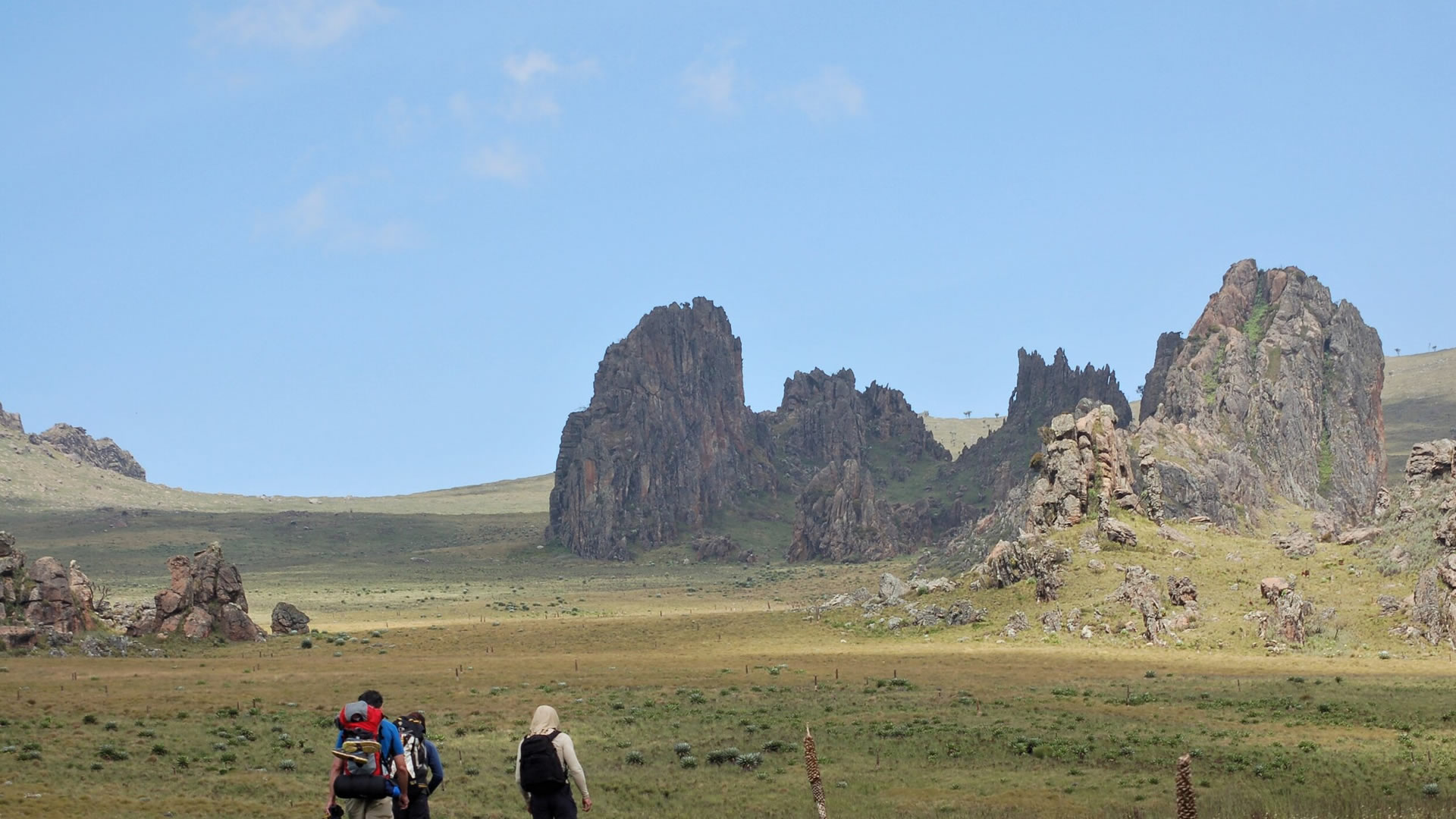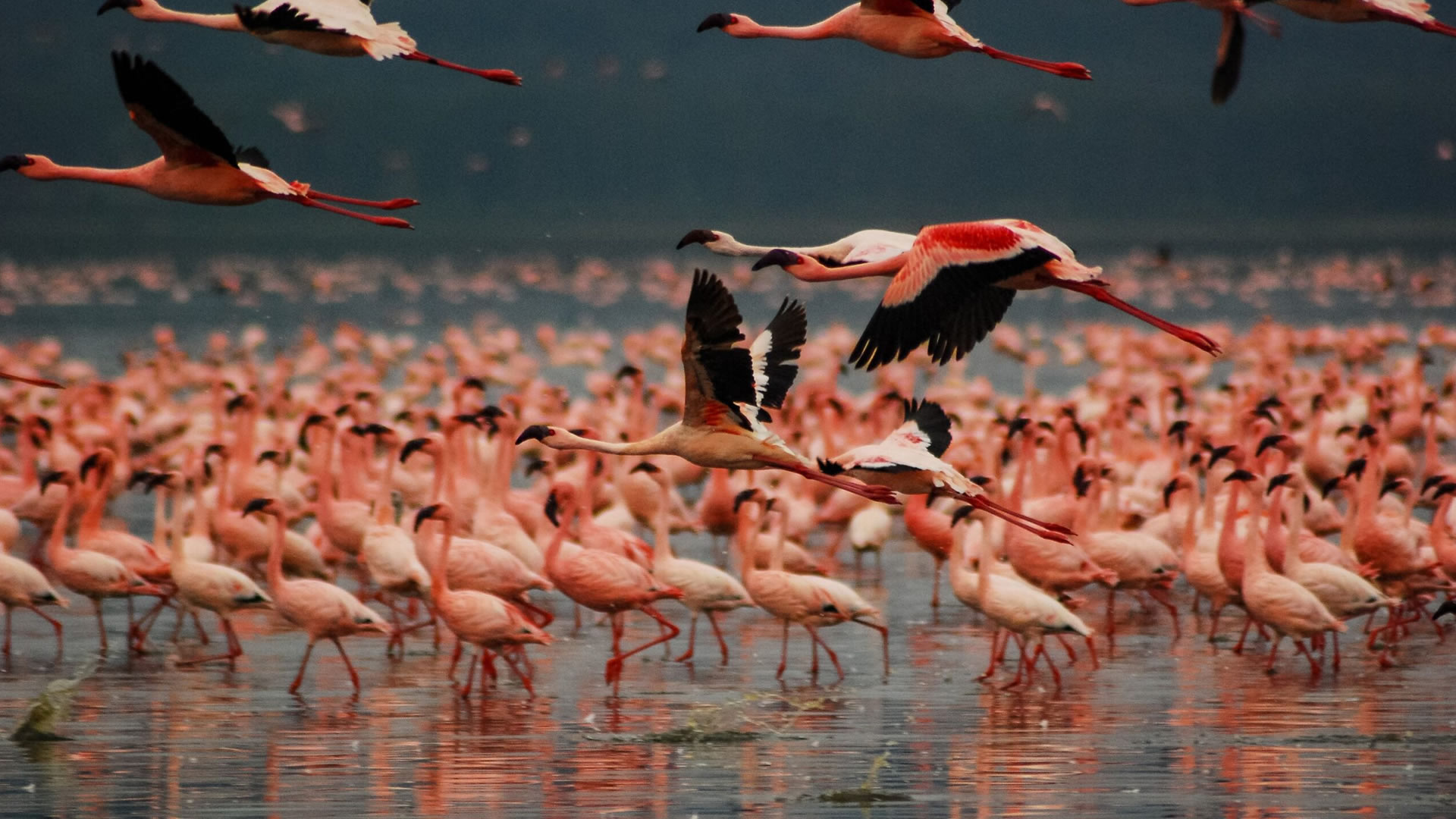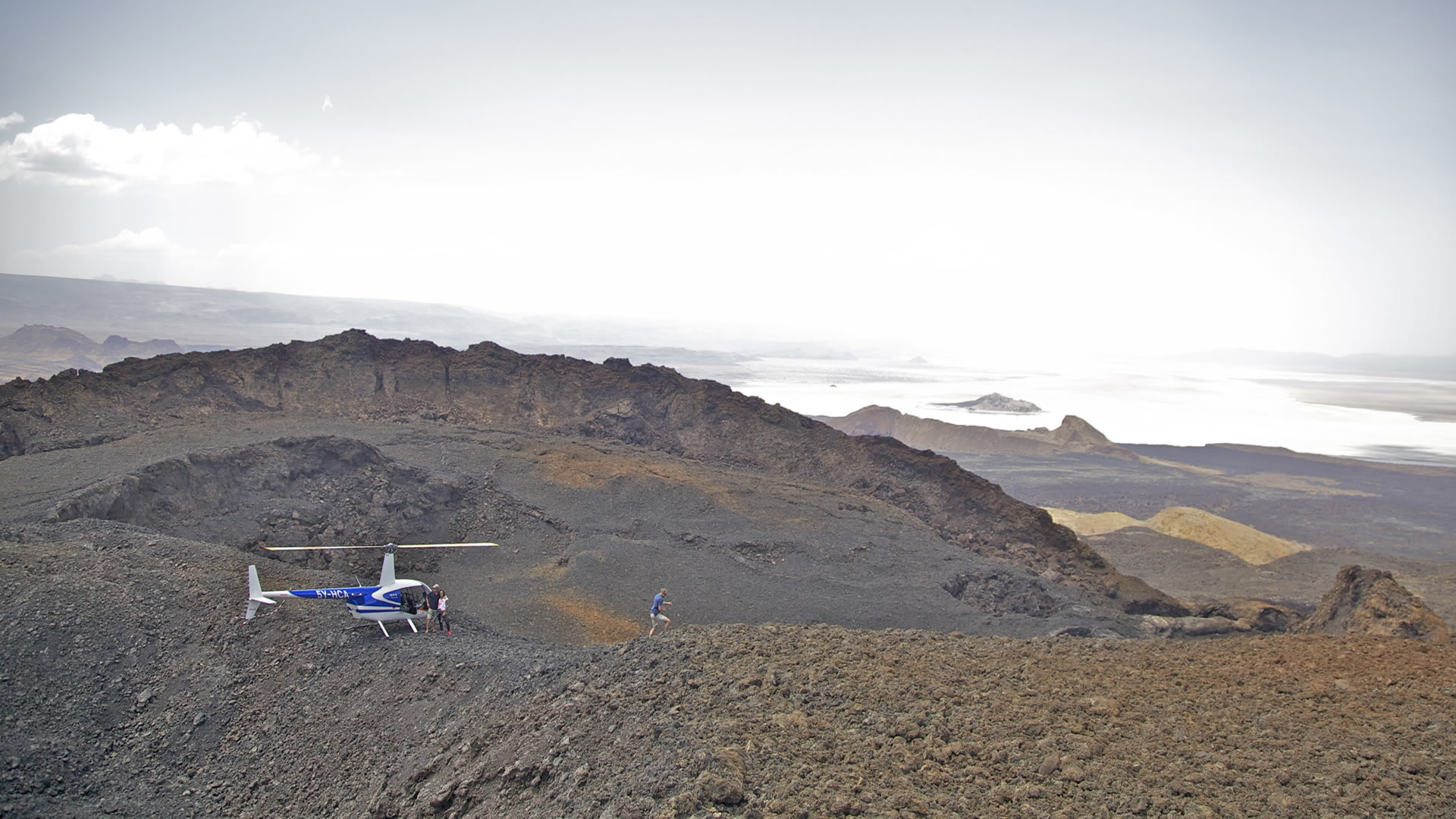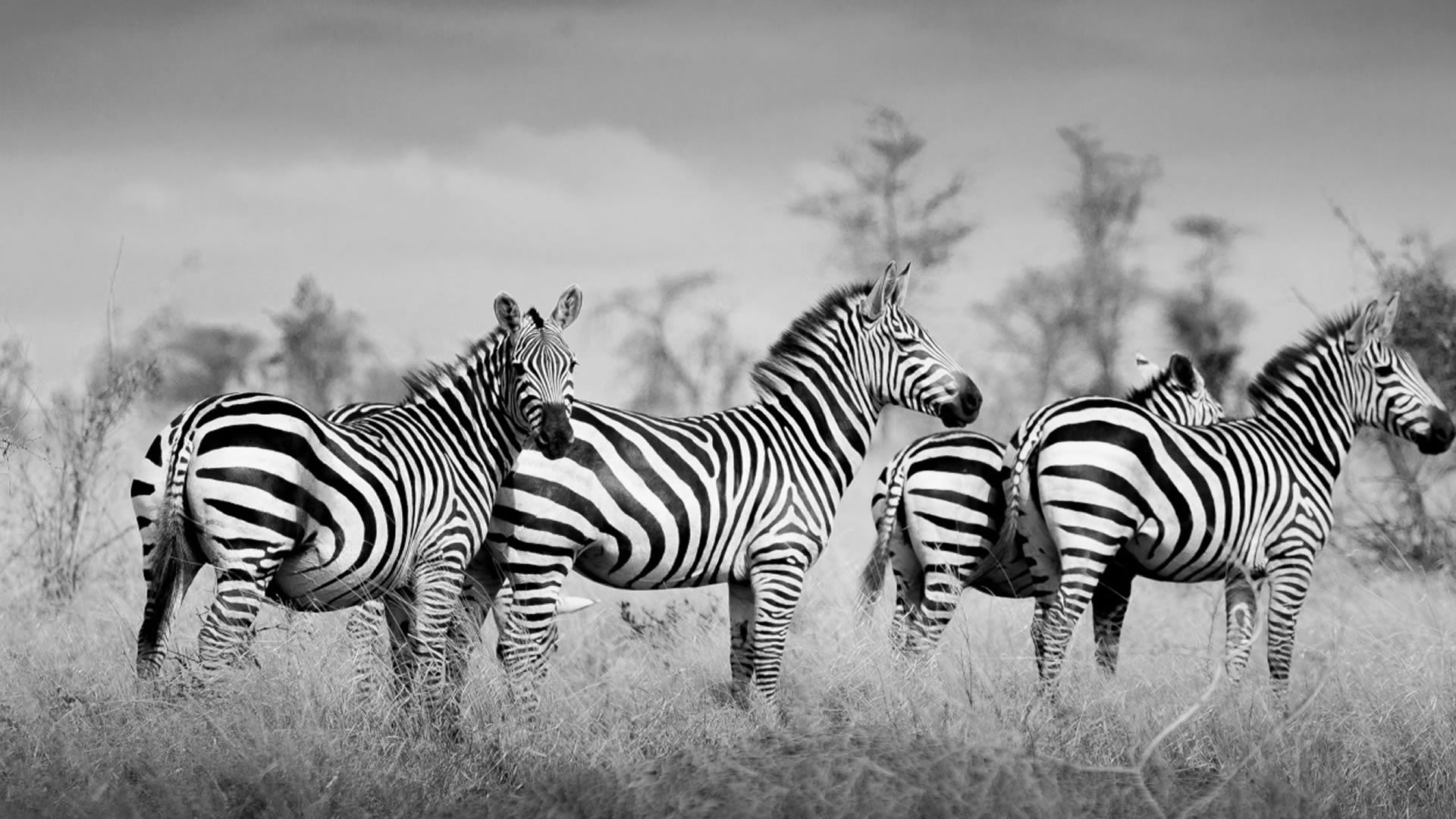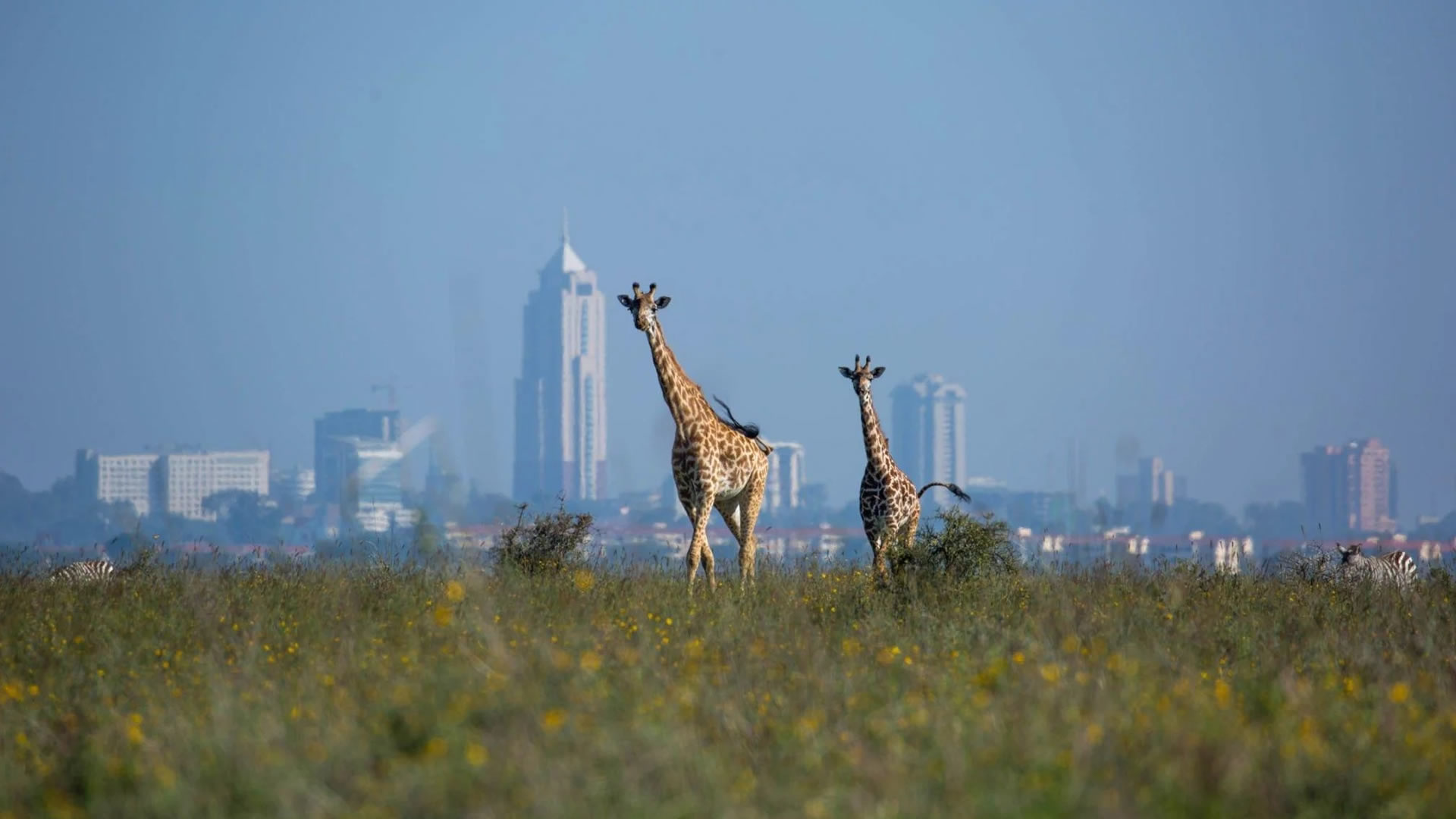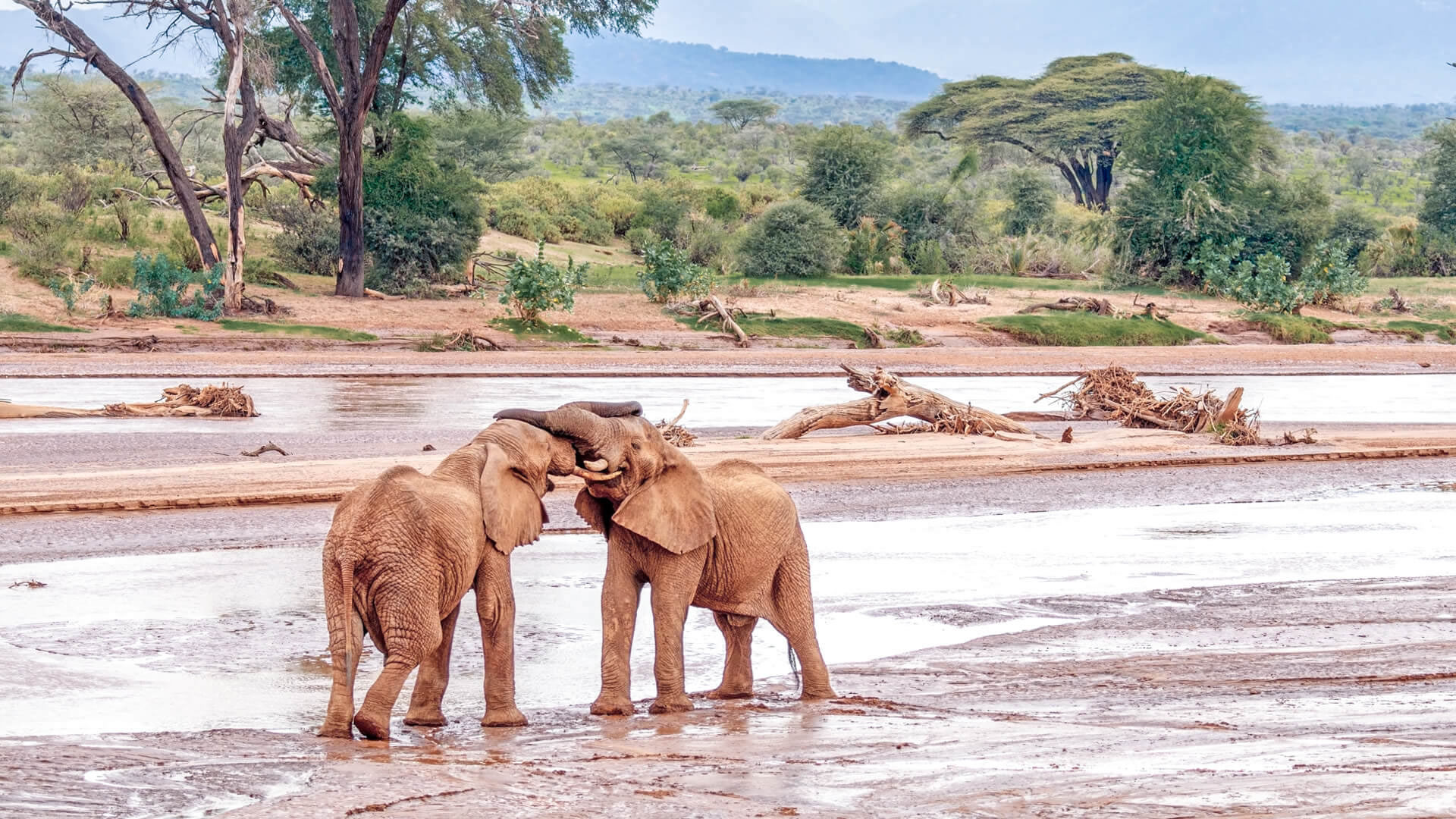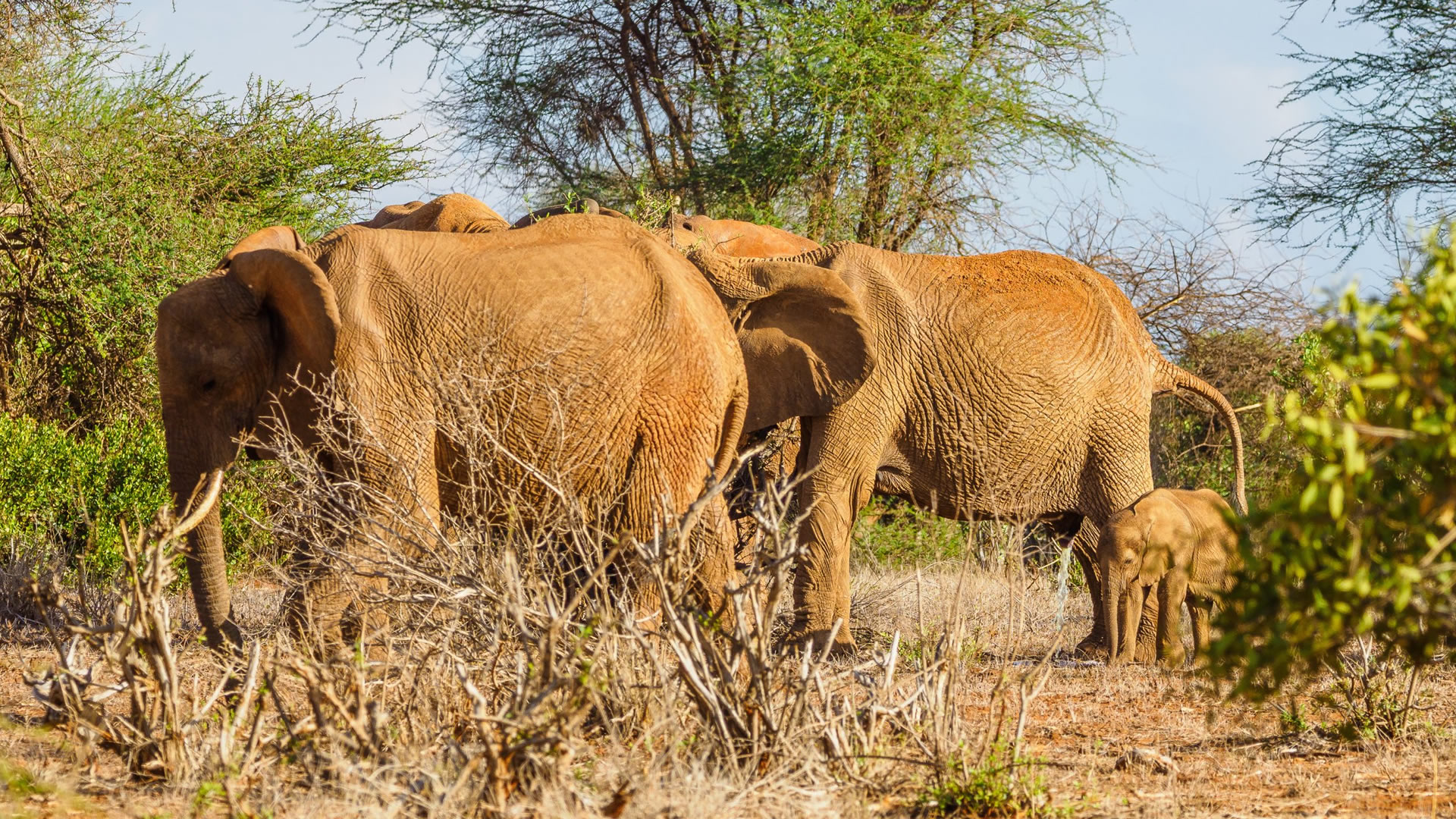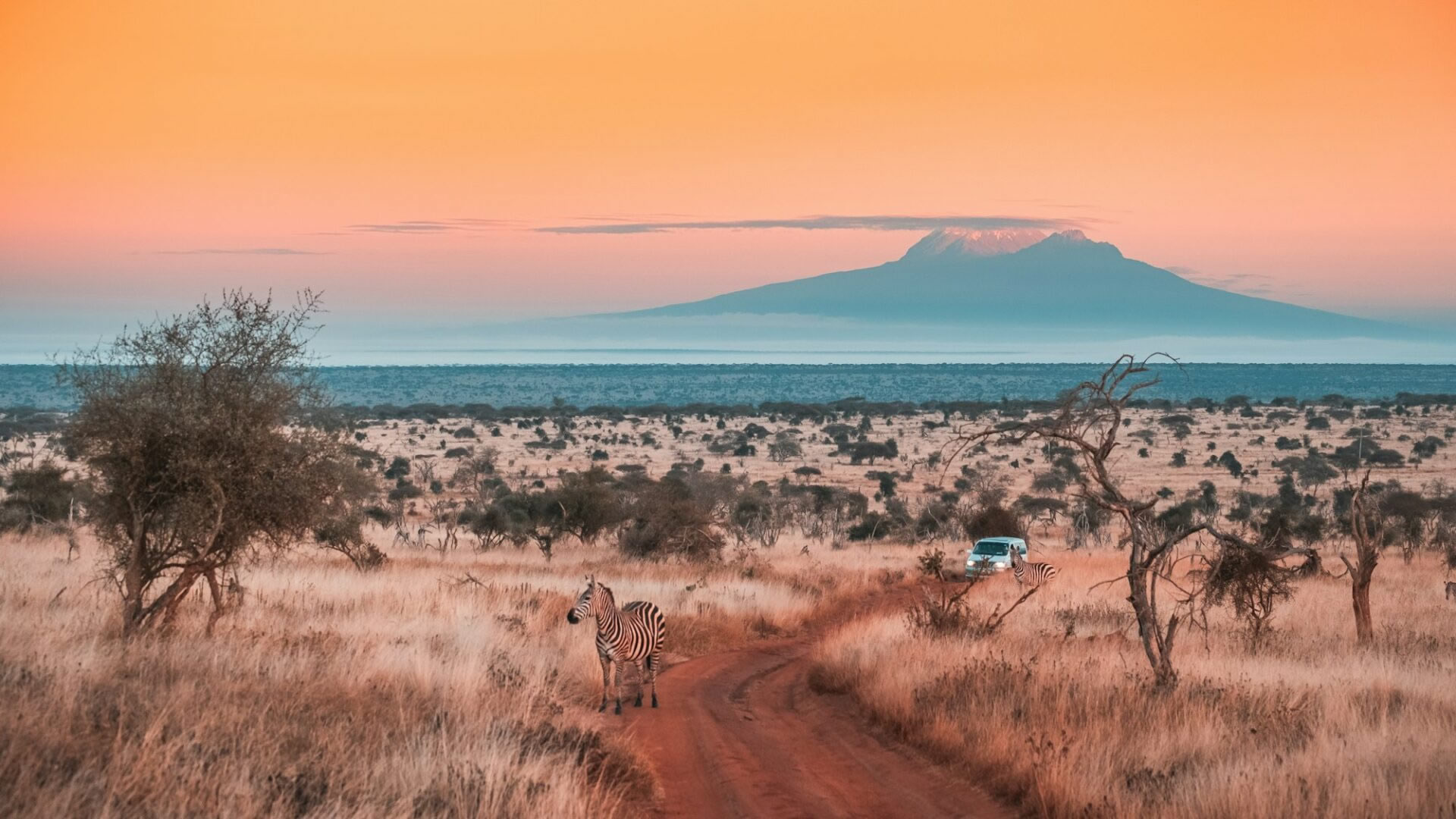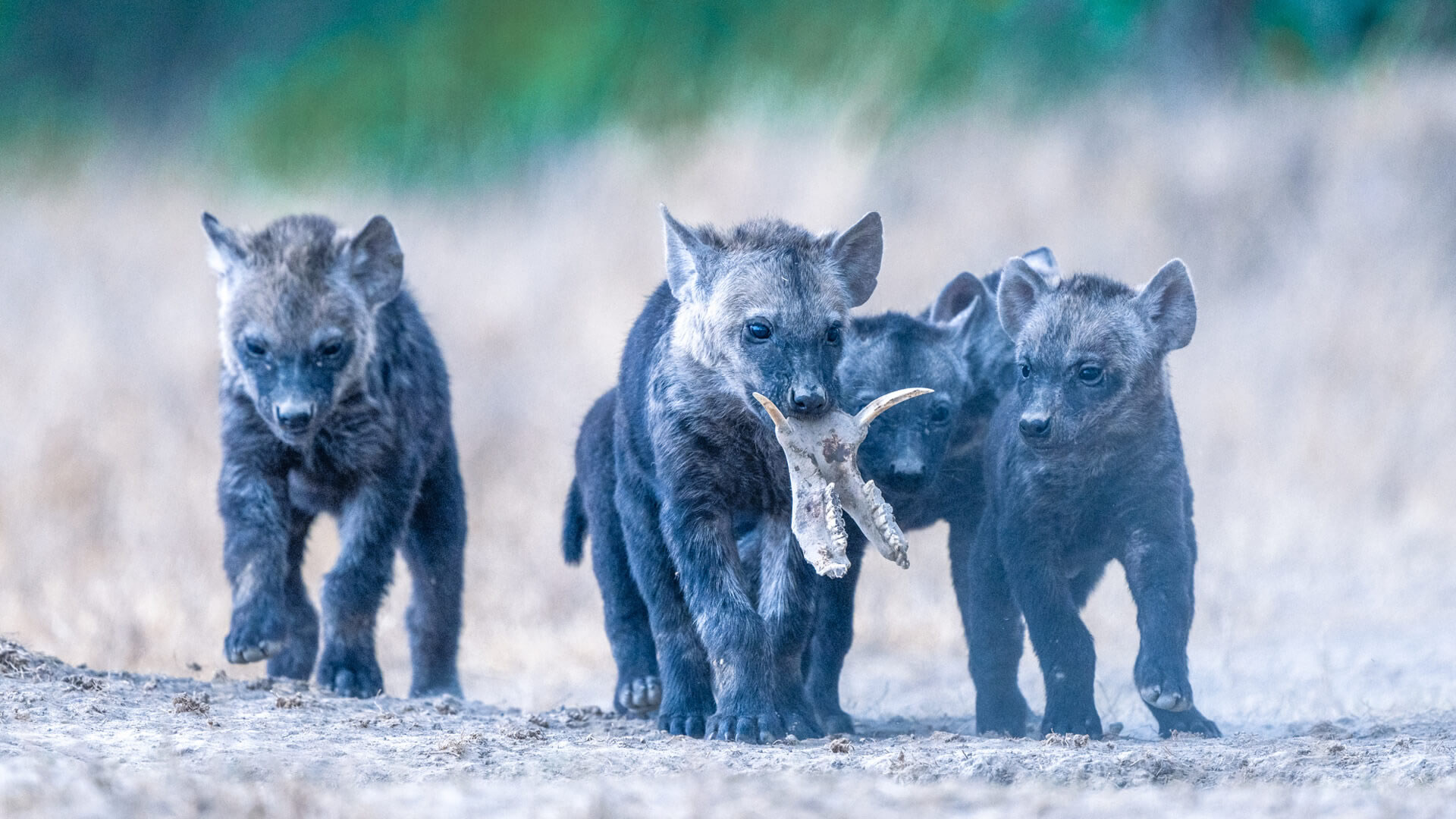
Ol Pejeta Conservancy
“Home to “two” of the world’s last remaining northern white rhinos"
Ol Pejeta Conservancy's size is 140 sq miles (360 sq km). The Conservancy is on the Equator Line in Laikipia County in Central Kenya. Ol Pejeta is a not-for-profit; its primary goal is wildlife conservation, income generation through wildlife tourism, complementary enterprises for re-investment in wildlife conservation, and community development projects. Ol Pejeta is one of the most sought-after areas for wildlife viewing and wildlife-related activities. Ol Pejeta has so much to offer, and it is a home for the “two” of the world’s last remaining northern white rhinos, the famous Big 5 ( Lion, Cape Buffalo, Black & White Rhinos, African Elephant and Leopard) and the conservancy is excellent for birdwatching activities with over 300 bird species.
Additionally, Ol Pejeta offers unique activities and experiences to keep you occupied throughout your stay. It is perfect for families, including young children, who wish to maximise their holiday. The activities include junior ranger programmes, horse riding, lion and rhino tracking, cooking, bush walking, night game drives, and running in the wild. The conservancy can be easily accessed since it is only a 4-hour drive from Nairobi.
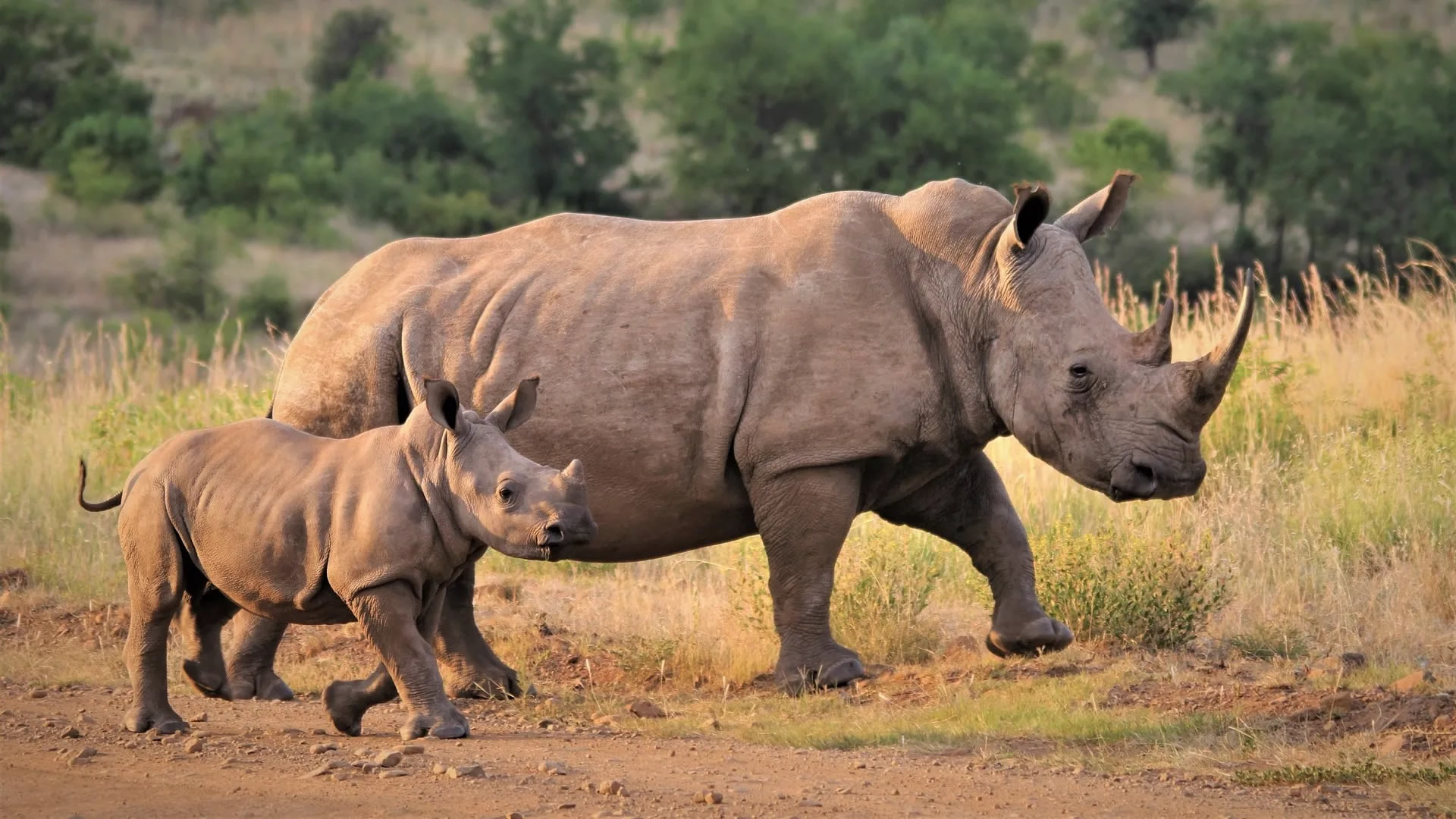
The Ol Pejeta Conservancy Highlight:
The Ol Pejeta Conservancy in northern Kenya is East Africa's largest black rhino sanctuary, conserving wildlife & providing a sanctuary for great apes.
Experience the Ol Pejeta Conservancy
Ol Pejeta Conservancy is a 360 square kilometer wildlife conservancy situated in Central Kenya’s Laikipia County. It lies between the foothills of the Aberdares and the magnificent snow-capped Mount Kenya. The conservancy boasts an astounding variety of animals including the ‘Big Five’ (the lion, the African elephant, the Cape buffalo, the leopard, and the rhinoceros) and the world’s last two remaining northern white rhinos. It is also home to a number of endangered species such as the black rhino, Grevy’s zebra, Reticulated Giraffe, and Jackson’s hartebeest.
The Conservancy is recognized for its innovative approach to conservation, which includes the integration of wildlife and livestock, community development, and the use of modern technology for wildlife protection. It is also the largest black rhino sanctuary in East Africa.
Best time to visit: Ol Pejeta Conservancy
Wildlife Experience
Olpejeta is a haven for wildlife, which includes the famous “Big Five”( Lion, Cape Buffalo, Rhinos( black & white), African Elephant and Leopard). Other animals include Giraffes, Zebras, Grant’s Gazelles, Impala, Vervet Monkeys, Baboons, Dik-Dik, Eland, Hippos, Hyena and Backed Jackal. Rare animals one can spot while on safari include the endangered African Wild Dog, Oryx, Jackson’s hartebeest, Bart-Eared Fox, Serval, Grevy’s Zebra and the Cheetah.
Birdlife
For bird-watching lovers, Ol Pejeta Conservancy is home to over 300 species of birds favoured by 90,000 acres of savannah rangeland. You can spot the resident species, migrant, nomad, and visitor birds. Watching the kaleidoscopic starlings alongside the majestic Kori bustard or even listening to the iconic call of the African fish eagles are some of the unforgettable experiences of the conservancy. Some other birds include common ostrich, guineafowls, francolins, quails, spurfowls, ducks, geese, ibises, spoonbills, herons, egrets, hamerkop, crakes, rails, cranes, buttonquails, thick-knees, stilts, avocets, jacana, pratincoles, gulls, terns, doves, pigeons, grass owls, owls, night jars, swifts, spine tails, bee-eaters, hoopoes, hornbills, helmetshrikes, cuckoo shrikes, tits, larks bulbuls, warblers, cisticolas, babblers, thrushes, flycatchers, robin- chats, wheatears, weavers, canaries, seedeaters and buntings.
Best time to visit
January and February are the warmest months, with approximate temperatures ranging from 18 °C to 29 °C (65°F to 85 °F). June and July are the coolest months of the year, with approximate temperatures ranging from 15° C to 24° C (60 °F to 75°F).
Mid-June to October and January to March temperatures are considered a dry season and the best times to visit Ol Pejeta Conservancy.
Getting There?
By Air: Scheduled flights from Wilson Airport to Nanyuki Airstrip operate daily. The flight time is approximately 40 minutes. After arrival at Nanyuki Airstrip, you will be transferred by road to Olpejeta Conservancy. The drive takes about 45 minutes. Popular airlines Air Kenya and SafariLink.Fly SAX operates flights three times a week direct to Olpejeta Kamok Airstrip.
By Road: You can access Olpejeta by road. A drive from Nairobi takes approximately 4 hours on the tarmac. You will Cover a distance of roughly 220km


